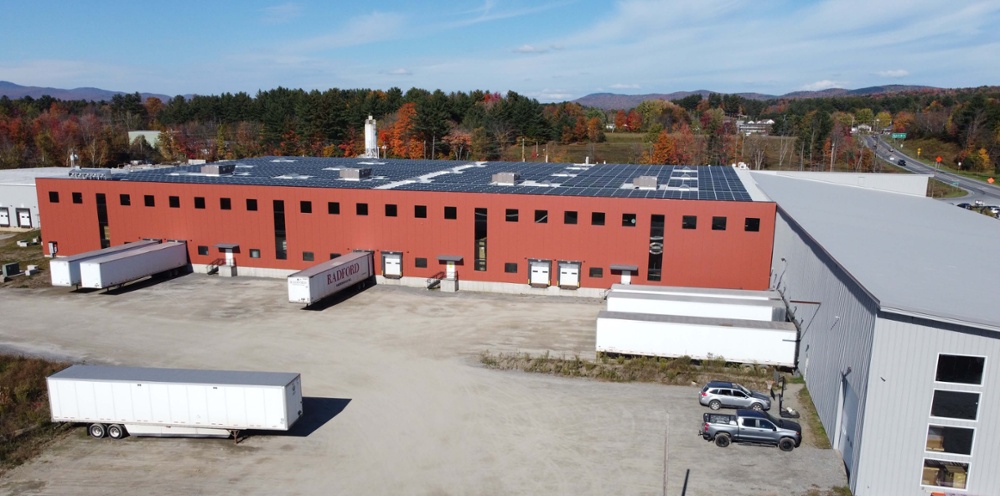
Distribution centers and warehouses are essential parts of modern logistics. Manufacturers and businesses need reliable and efficient warehouse and distribution services to achieve a streamlined supply chain capable of scaling as needs fluctuate.
But how can manufacturers and businesses choose the right service if they don’t fully understand how distribution centers and warehouses differ?
While they may look similar from the outside, the internal operations and primary functions of distribution centers and warehouses are vastly different even though some logistic professionals use the terms interchangeably, which is incorrect.
Manufacturers and business owners that understand the difference between distribution centers and warehouses can select a logistic service that streamlines their supply chain, increases time to market, and enables them to achieve their inventory turnover goals.
What is a Distribution Center?
A distribution center is an all-in-one storage and shipping facility where products are stored, picked, packed, and shipped directly to the end-user. Today’s distribution centers are designed more for movement than storage of products. The storage time for products in distribution centers is much shorter than products in warehouses, as distribution centers fulfill customer orders as quickly as possible.
Distribution centers are typically located near highways and roadways to make it easier for transportation vehicles to unload or pick up finalized products for distribution. Large manufacturers and enterprises may have several distribution centers to increase reliability and ensure expedited delivery times regardless of end-user location.
What is a Warehouse?
Warehouses are spacious commercial facilities designed to maximize the storage of large quantities of products and accommodate long-term storage needs. Warehouses are leveraged to help businesses meet high seasonal demand as the size of these facilities allows for inventory to be pre-built months in advance.
Most warehouse environments are equipped with specialized equipment such as adjustable loading docks and forklifts to enable smooth warehouse receiving operations. Since warehouses load and unload products directly from trains, trucks, planes, or ships, they are generally located near major transportation routes, including highways, railways, docks, and airports.
5 Ways Distribution Centers and Warehouses Differ
Manufacturers and businesses need to understand how distribution centers and warehouses differ to choose a contract logistics company with the capacity and capabilities to fulfill current demands, accommodate volume fluctuations, and enable future expansion.
To better understand how these crucial supply chain components differ, let’s break down their distinct characteristics.
Purpose
Distribution centers are designed to enable efficient movement of products in and out of a facility on an individual order basis, storing only the required quantity. The primary purpose of a warehouse is to store a maximum amount of material for a more extended period.
Role
Distribution centers are more customer-centric as they are the link between suppliers and their customers. The role of distribution centers is to effectively meet customer demands regardless of fluctuations, while the role of a warehouse is to store products safely and efficiently.
Tasks
There are no value-added services associated with warehouses as their primary task is to store products. On the other hand, distribution centers offer various value-added services in addition to storing products, including picking, kitting, and packing, co-packing, cross-docking, order fulfillment, and worldwide shipping.
Flow Velocity
Flow velocity refers to the speed of products on a particular path (flow) of a route. The flow velocity through a distribution center is significantly higher than a warehouse since a distribution center stores products for relatively shorter periods of time.
Associated Tools and Technology
Warehouses use various tools, including adjustable loading docks, forklifts, and automated pallet wrapping machines to efficiently store maximized quantities of products. Warehouses leverage inventory management software (also referred to as a record-keeping system) to keep track of inventory levels and where products are located.
Distribution centers also require tools for storage including, warehouse racking (also referred to as industrial steel racking) and equipment to move products, including forklifts and motorized rider trucks. Due to the complexity of internal operations, there is more advanced technology associated with distribution centers than warehouses. Distribution centers use sophisticated technology to streamline order processing, transportation management, and warehouse management. For example, distribution centers utilize custom online ordering software or order processing software to manage the receiving process efficiently.
Streamline Your Supply Chain with Reliable Warehouse and Distribution Services
Whether you’re a growing business with limited retail space or an e-commerce company in need of a complete end-to-end storage and shipping solution, understanding the difference between distribution centers and warehouses will empower you to choose the service that best aligns with your business requirements.
Regardless of your decision, it is essential to choose an experienced warehousing and distribution service provider that streamlines processes, reduces receiving errors, and enables you to continually respond with speed to fluctuating demands, assuring that the right products get to the right people at the right time.




